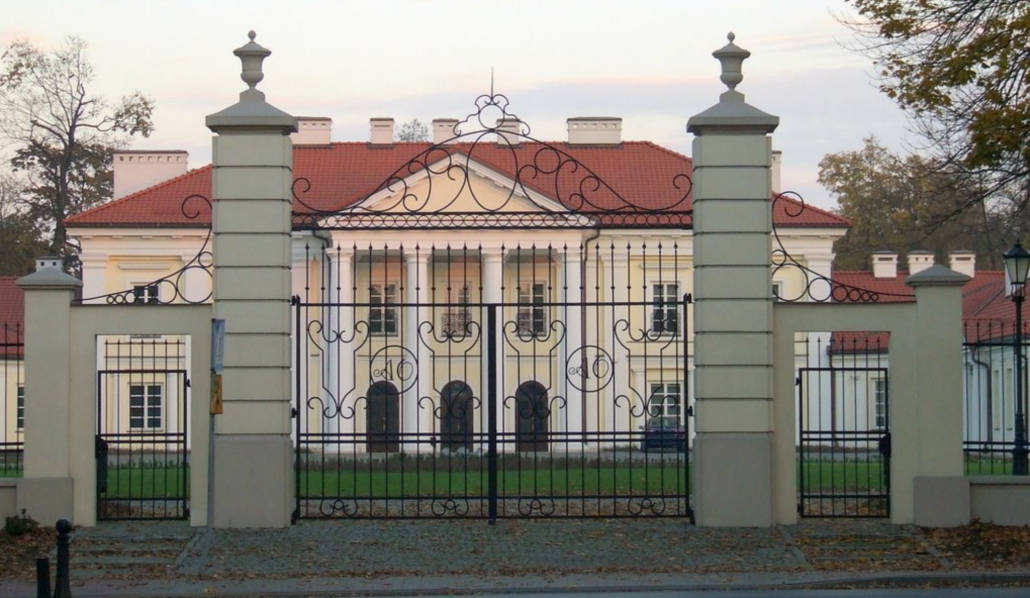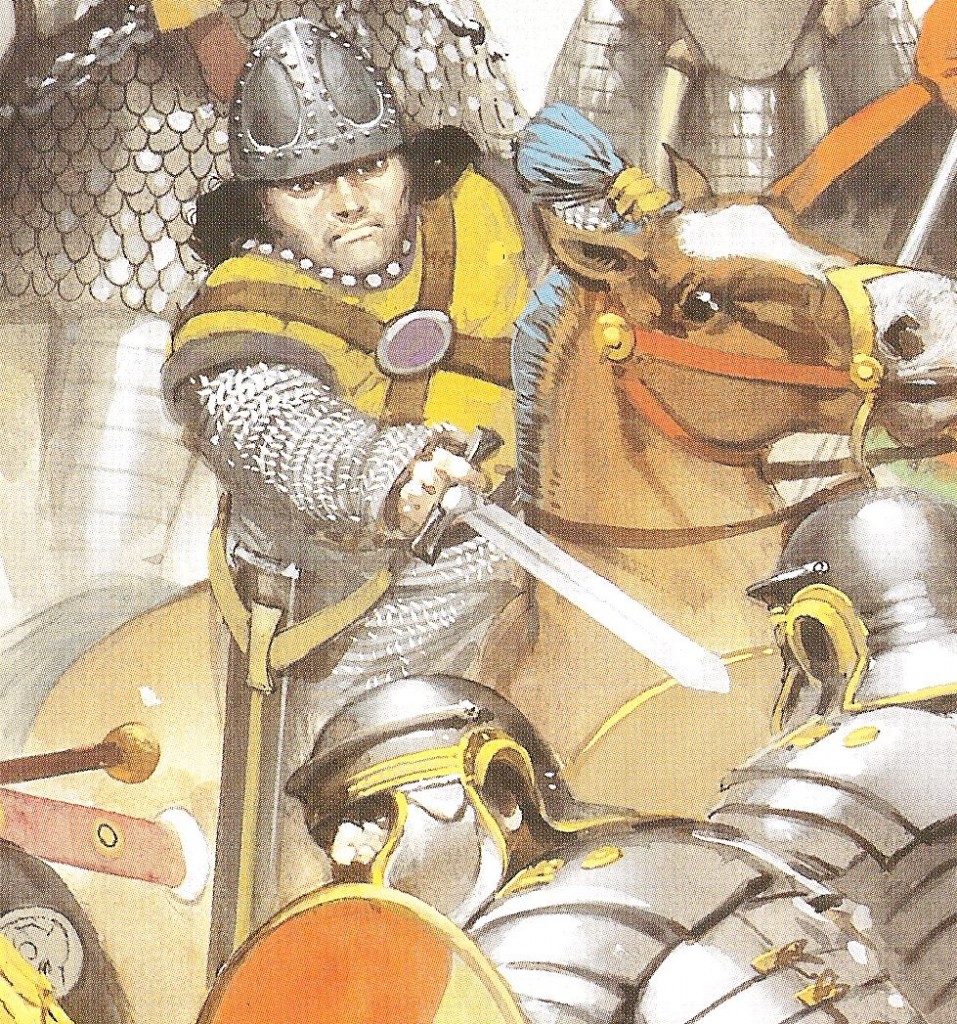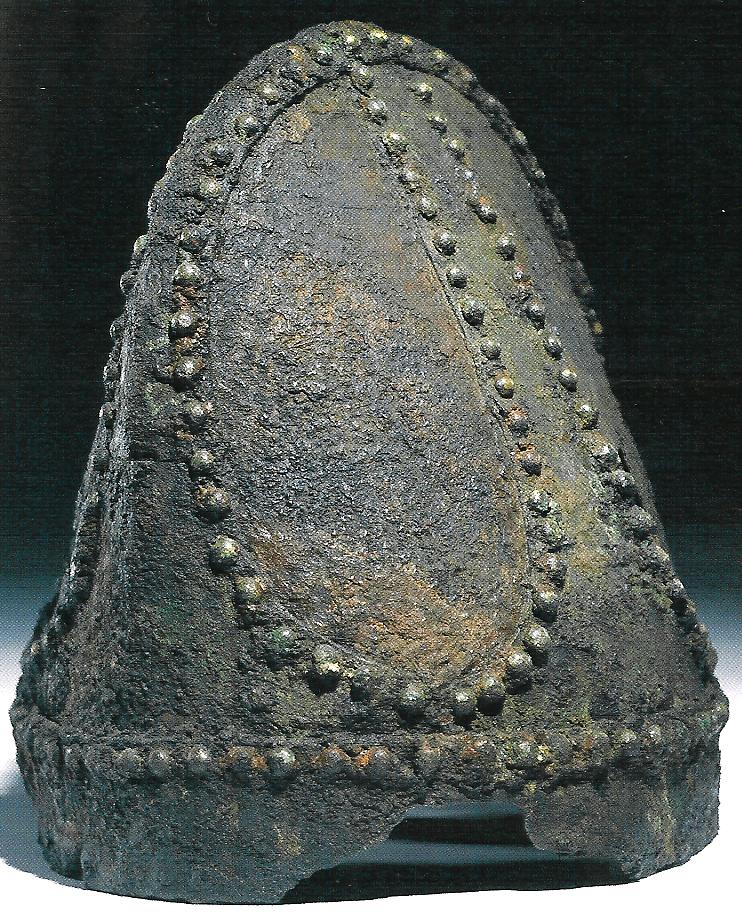Siedlce University in Poland will be hosting the Third Colloquia Baltica Iranica Conference on 24-27 November 2016. The organizers of the conference are as follows: the Institute of History and International Relations, Siedlce University of Natural Sciences and Humanities, Student Scientific Association of Historians, Siedlce University of Natural Sciences and Humanities, in cooperation with The Department of Mediterranean Archaeology, Gdańsk University, III CBI President: Katarzyna Maksymiuk and III CBI Secretary: Adam Kubik.
 Main entrance gate of Siedlce University of Natural Sciences and Humanities (Public Domain).
Main entrance gate of Siedlce University of Natural Sciences and Humanities (Public Domain).
The conference will host an array of international experts in the field of ancient Iranian militaria studies such as: Nicholas Sekunda (University of Gdańsk, Poland), Aleksandr Silnov (State University of Architecture and Civil Engineering, Petersburg, Russia), Dan Tudor Ionescu (Metropolitan Library of Bucharest, Romania), Ilkka Syvänne (University of Haifa, Israel), Patryk Skupniewicz (University of Siedlce, Poland), David Nicolle (University of Nottingham, Great Britain), Valerii Nikonorov (Russian Academy of Sciences, Petersburg, Russia), Svyatoslav Smirnov, (Russian Academy of Sciences, Moscow, Russia), Marcin Lichota (University of Siedlce, Poland), Mariusz Mielczarek (Polish Academy of Sciences, Łódź, Poland), Marta Czerwieniec (University of Siedlce, Poland), Joanna Szklarz (University of Siedlce, Poland), Alli Kolesnikov (Russian Academy of Sciences, Petersburg, Russia) and Sergei
Nikonenko (Saint Petersburg State University, Russia).
Kaveh Farrokh, Reza Karamian of Tehran Azad University and Adam Kubik (University of Siedlce, Poland) will present a paper entitled:
An Examination of Parthian and Sassanian Military Helmets (2nd century BCE – 7th century CE)

Sassanian knight at the time of Shapur II (309–379) engaging Roman troops invading Iran in 333 CE. Note the Spangenhelm helmet (based on the item housed at the Baghdad Museum) and suit of mail covering arms and torso. This knight resembles early Sassanian warriors in which he sports a decorative vest and a medallion strap on his chest; he also dons a Spangenhelm helmet. He has lost his lance in an earlier assault and is now thrusting his heavy broadsword using the Sassanian grip (known in the west as the ‘Italian’ grip) in the forward position for maximum penetration effect. The sword handle is based on that depicted for one of Shapur I’s swords (British Museum B.M.124091); the sheath is based on the Bishapur depictions. His sword tactic is meant for shock and short engagements; he will then retire and discharge missiles. The bow and missiles in the left hand will be deployed as the knight redeploys at least 20 meters away. The quiver is modelled on that of King Pirooz (New York Metropolitan Museum Inv.34.33) (Picture Source: Farrokh, K., Elite Sassanian Cavalry-اسواران ساسانی-, Osprey Publishing, 2005, Plate D, p.61) .
The presentation will discuss a comprehensive array of topics such as available reliefs inside Iran that provide iconographic information despite weathering over the ages (Gotarzes relief at Behiston, Tang-e Sarvak, Panj-e Ali, Firuzabad, Nagshe Rustam, Nagshe Rajab and Bishapur), helmets housed at museums (British Museum, Metropolitan Museum of Art, Los Angeles County Museum of Art, Royal Museum of Art and History in Brussels, Römisches Germanisches Museum in Mainz-Germany, Baghdad Museum, Musee d’Art Classique de Mougins, and various other select helmets) and all other forms of depictions (plaques), seals/bullae, the armored horseman at Taghe Bostan as well as Classical references. The site of Dura Europos with respect to the graffiti of Iranian horseman and the excavated ridge helmet are also examined. Insignia and decorations on helmets will also be discussed. The links between the military cultures of ancient Iran and Europa are also examined by examination of Roman victory displays (i.e. Trajan’s relief) and helmets (i.e. Dacian helmets featuring parallels with ancient Iranian models.

Sassanian Spangenhelm Helmet recovered from Nineveh in modern-day Iraq which would have been a part of Sassanian Enpire (224-651 CE) at the time. The Spangenhelm helmet was constructed by fastening metal plates together by rivets (Picture Source: Farrokh, K., Shadows in the Desert: Ancient Persia at War, Osprey Publishing, p.223).
Two of Farrokh and Karamian’s papers in 2016 have been:
- فرخ, کاوه & کرمیان, قلامرضا (۱۳۹۵). تدارکات و پشتیبانی ارتش ساسانیان در جنگ. فصلنامه پیام بهارستان, شماره ,۲۶ صفهه ۳۳۲-۳۳۹ Farrokh, K., & Karamian Gh. (2016). The logistics and support system of the Sassanian army at war. Faslnameye Payam Baharistan, Number 26, pages 332-339.
- Farrokh, K., Karamian, Gh., Delfan, M., Astaraki, F. (2016). Preliminary reports of the late Parthian or early Sassanian relief at Panj-e Ali, the Parthian relief at Andika and examinations of late Parthian swords and daggers. HISTORIA I ŚWIAT, No.5, pp. 31-55.




